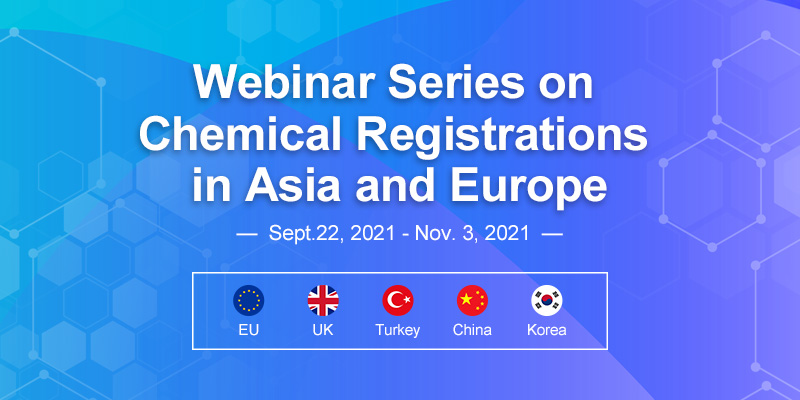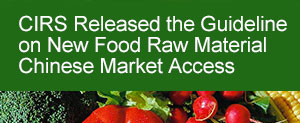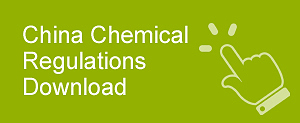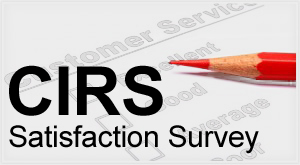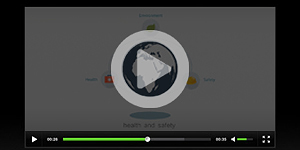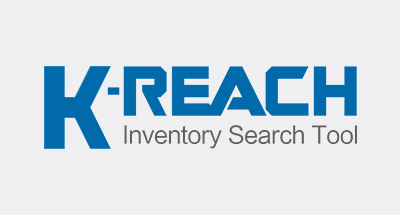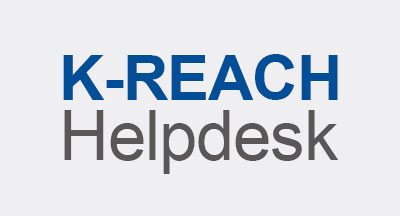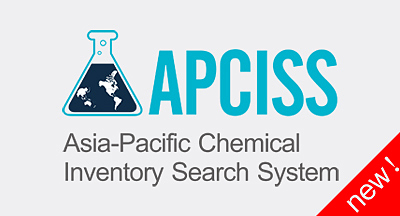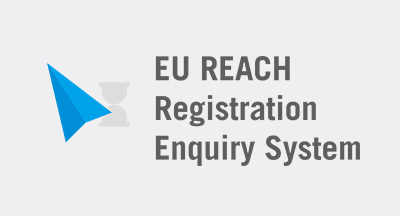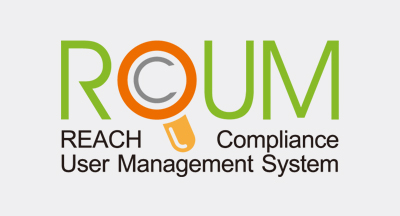The proposed second-tier documents for Eurasia-REACH are expected to be approved by mid-2019. If all go as planned, the REACH-like chemical regulation in Eurasian countries, EAEU TR 041/2017 (TR 41), should come into force in 2021.
Introduction to Eurasia REACH
Eurasia-REACH is expected to include provisions that could be burdensome to industry, especially to small- and medium-size enterprises:
- Requirements to register substances <1 tonne/year;
- Inclusion of mixtures in the registration scheme, also with no minimum volume exclusion;
- Extensive information requirements, with no reduced testing for lower volume bands; and
- Criteria for identification of substances of high concern include GHS aquatic chronic category 1 classification instead of persistence, bioaccumulation, and toxicity (PBT and vPvB).
On the positive side, although there is no de minimus tonnage volume, TR 41 states that substances present in mixtures at <0.1% are exempt from identification as new chemical substances and therefore from chemical registration.
According to the requirements of the draft Eurasia-REACH, the inventory of existing chemicals in all EAEU countries should be finalized by 1 January 2020, but this deadline is expected to be extended. Although Kazakhstan started its inventory listing procedure in February with a deadline at the end of 2019, it is still unclear when the draft deadline will be implemented in the five countries.
A unified register will have information on hazard classifications, impact on health, first aid measures, etc. If the unified register is implemented, and TR 41 takes effect, GHS also becomes mandatory. This will succeed to modernise and harmonise SDSs and labels in the five countries, which currently have only a mutual recognition agreement for hazard classifications.
The requirement to register substances and mixtures <1 tonne/year has not been amended in the draft secondary legislation, but the text has been amended to require the national authorities to evaluate the feasibility of this provision and advise the Eurasian Commission by 2 June 2028, before registration of such low volumes would take effect.
Drafts of the secondary legislation are in a "high degree" of readiness. The documents are in legal review with approval anticipated by the end of the second quarter. At the same time, the register of chemicals and mixtures of the Eurasian Economic Union will begin to be formed. However, the bigger problems – the timeline for implementation and a split between Russia and its neighbours – may not be so easily resolved.
Background of Eurasia REACH
Russia, Belarus and Kazakhstan founded the Eurasian Customs Union in 2010, which was extended to Armenia and Kyrgyzstan and led to the five-country Eurasian Economic Union (EAEU). However, as the five nations had difficulty reaching a consensus, Russia split with the group last year, adopting its own version of REACH, which is scheduled to enter into force in July 2021.
The adoption of national standards by Russia could leave related enterprises saddled with one set of rules for Russia and another for Armenia, Belarus, Kazakhstan, and Kyrgyzstan.
But Russia would not be in a position to maintain its own national standard if the Eurasian standard is implemented. If Eurasia member states do agree on the way forward, Russia-REACH could be revoked by a separate decree, making Eurasia-REACH the single chemicals regulation for the whole market. At the moment nothing is certain, but all the efforts are being made for TR 41 to see daylight.
If you have any needs or questions, please contact us at service@cirs-reach.com.
